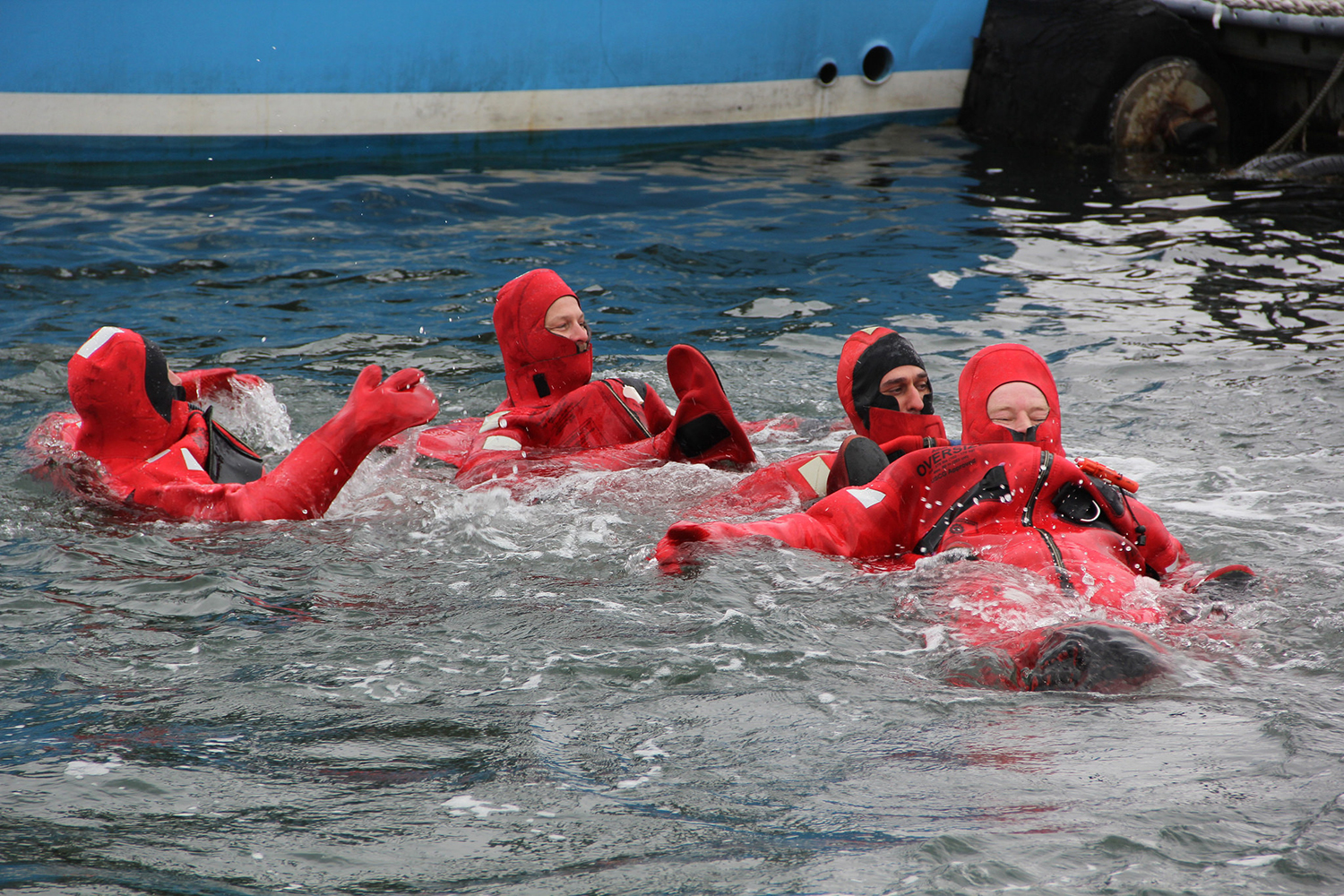Outbreaks, and disasters and storms! Oh, my! Some hazards are unavoidable, but preparedness can mitigate the consequences of these emergencies. Several of CAHNR’s faculty and staff are working to be ready when local, state and national misfortunes strike.
Monitoring for animal and zoonotic diseases
“Prevention is a better way to deal with emergencies than waiting until the worst outcome develops and a cure is needed,” said Department of Pathobiology and Veterinary Science Professor Sandra Bushmich. A veterinarian who is trained and experienced in handling animal disease emergencies, Bushmich worked with pathobiology’s Connecticut Veterinary Medical Diagnostic Laboratory (CVMDL) before becoming associate dean for academic programs last year. She says that she is pretty passionate about preparedness.
CVMDL, with its diagnosis and surveillance activities, is also keen about being prepared for emergencies. It is a nationally accredited lab for all animal species and is a member of two very active nationwide animal disease monitoring and response programs, according to Director Joan Smyth. One program (USDA) is for infectious diseases, and the other (FDA) is for food/drug/chemical contamination events.
With experts who understand local and foreign animal diseases, disease control and outbreak management and with a working lab on the UConn Storrs campus, CVMDL is a resource for Connecticut and beyond.



